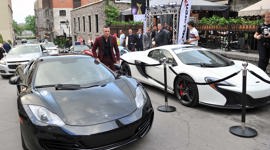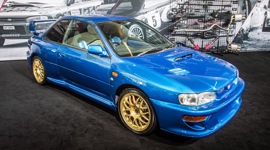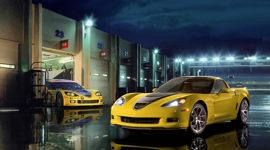Every year, manufacturers pull the plug on some models. The reasons why this occurs vary from poor sales to the launch of a newer, more advanced replacement vehicle. In most cases, these vehicles are discontinued for valid reasons, one being the inevitable electrification of powertrains that may not be compatible with existing platforms.
If sales, the raison d’être behind any model, are not up to expectations, the vehicle will inevitably be replaced if not cut altogether. While some vehicles in the list below were commercial failures from Day One, others died a slow death due to a trend called SUVs – you may have heard of them. You’ll note that only one vehicle on the list is/was an SUV (it’s one of the flops) while the others are all sedans or hatchbacks.
Although there are a few other vehicles that could have made this list such as the Lamborghini Aventador, we focused on far more mainstream models. The following vehicles will not be available after 2022 and are listed in alphabetical order:
BMW i3

The small premium EV, with or without a range-extender engine, paved the way for the German automaker’s electric vehicles. It was never meant to be sold in massive quantities, but it did find more than 250,000 homes during its nearly nine-year run. If anything, it serves to demonstrate how far electric BMWs have come when comparing it to the excellent new i4.
Chevrolet Spark
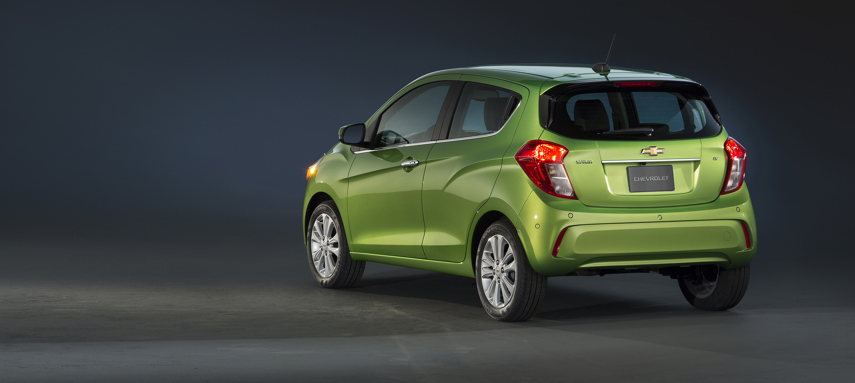
Subcompact cars have little hope to survive, which is sad. In a world obsessed with more expensive SUVs that provide little more than the Spark offered, it would be foolish for Chevrolet to continue to sell a car that is not as profitable or popular as the Trax. The bottom line is that the Spark was a fun, efficient, and smart way to get from point A to point B. This leaves only the Kia Rio, Mitsubishi Mirage, and Nissan Versa sedan as the sole survivors in the segment, for now.
Ford EcoSport

This small SUV should have done far better for the automaker, but it failed at tackling the likes of the Honda HR-V. It was too expensive and was ironically misrepresented by its name as it was neither eco-friendly because it consumed far too much petrol for a vehicle of its size, nor was it sporty as the driving experience was generally subpar. This small SUV certainly will not be missed.
Hyundai Ioniq

The Ioniq, much like the original Genesis coupe/sedan, helped the Korean automaker launch a new brand. With praise coming in from all directions for the new fully electric Ioniq 5 and Ioniq 6, there’s no room for the small car anymore. The Hyundai Ioniq’s best trick was that it was available as a hybrid, a plug-in hybrid, and an EV. On top of this, it was relatively affordable and efficient, no matter the version, but it had to be discontinued to make room for the splashier and more advanced EVs in Hyundai’s lineup.
Hyundai Veloster N
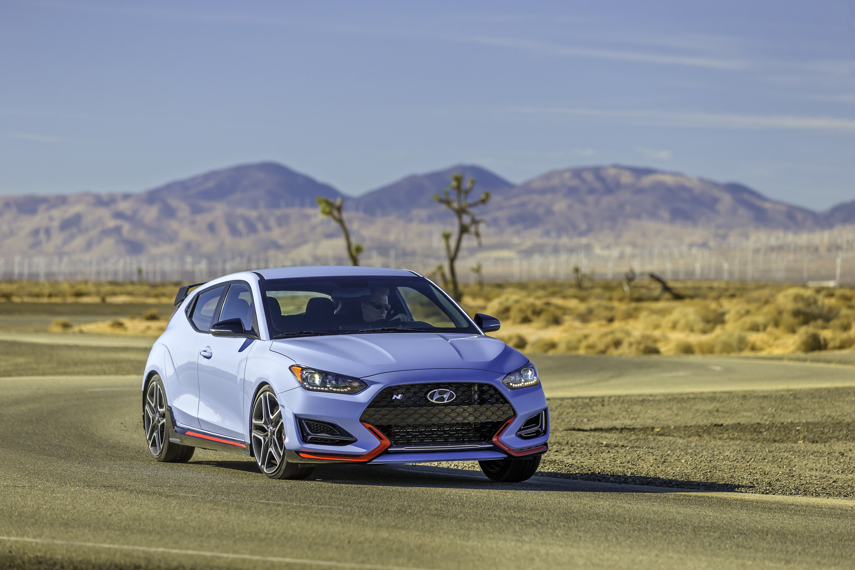
This is a sad loss for driving enthusiasts. Production of the quirky hatchback began back in 2011 and immediately showed some chops with the Turbo version. And it just got better with the second-generation Veloster and the arrival of the 275-horsepower N hot hatch. While the regular Veloster models were dropped in mid-2020, we now must say goodbye to the first full N vehicle from Hyundai. Not all is lost though, as the subsequent N cars such as the Elantra N and Kona N are all very impressive, fun vehicles.
Infiniti Q60
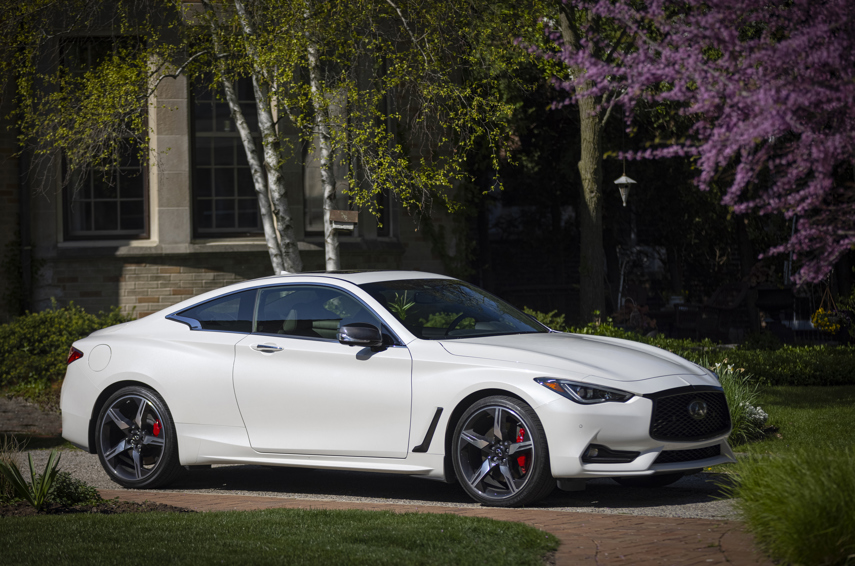
The Infiniti Q60 had everything going for it. Its goal was to honour and replace the storied and beloved G35 and G37 coupes with design and serious power. In fact, the standard twin-turbocharged 3.0L V6, which produces up to 400 hp, was one of the most powerful engines ever fitted to an Infiniti car, but it wasn’t enough. Enthusiasts and luxury-performance coupe buyers all but completely shunned the Q60 during its six-year run. The G coupes are still missed, but the Q60 will be forgotten.
Mercedes-Benz A-Class

The A-Class’ demise can only be explained by one factor: SUVs. With Benz’s GLA, GLB, and GLC-Class SUVs basically competing against the A-Class, it had no chance of ever generating serious volume. Having said that, the 302-horsepower AMG 35 versions, especially the hatchback, will likely be sought after in the future as truly excellent-driving premium sport compact cars. Why the hatch? Because it was never offered in the U.S. and it is plain cooler.
Subaru WRX STI
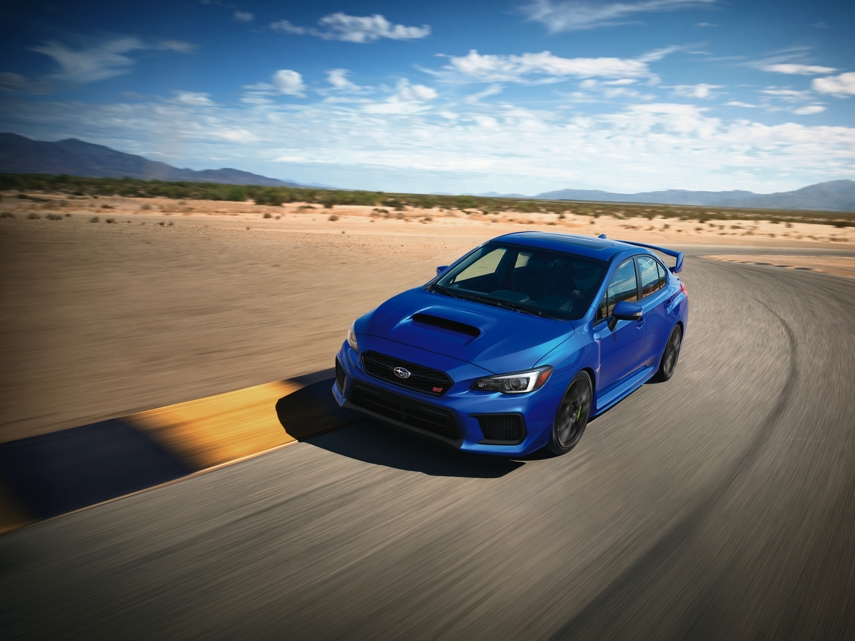
This is another tragic loss for the car community. The STI went toe-to-toe with the sport compact greats and always thrilled with its wide breadth of on- and off-road skills. Subaru has said that there’s no place for a new STI as it moves towards reducing emissions and electrifying the brand. The good news is that the new WRX is phenomenal and a bargain. As well, the next STI will probably be electrified with more power than ever.
Toyota Avalon

The Avalon, like the Passat below and most other cars on this list, had to die because of the high demand for SUVs. The Toyota Avalon was perhaps the most overlooked and underrated luxury car in its nearly 30-year life. Its only fault is that it lived in Lexus’ shadow at least until 2020 when Toyota finally decided to offer all-wheel drive. The new Crown crossover will replace it in the lineup, but never in our hearts.
Volkswagen Passat
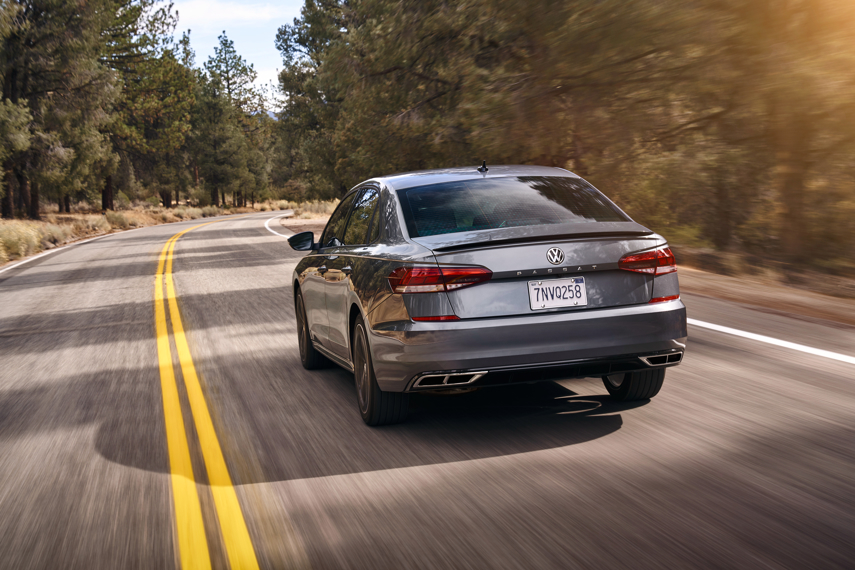
Like most automakers, Volkswagen is slowly but surely swapping out sedans and hatchbacks for SUVs. Few know this, but the Passat was one of the longest-running models, though under different nameplates such as Dasher for VW in North America. At one time or another, it was offered as a wagon and a very sleek liftback model called the CC, which became the Arteon, which has also been discontinued. Volkswagen’s electrification plans may include the return of a sedan and wagon combo, though the name Passat will likely remain buried.































